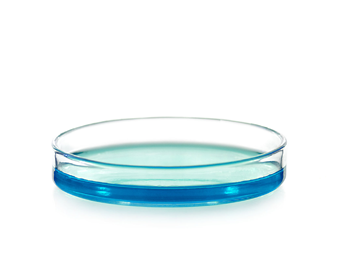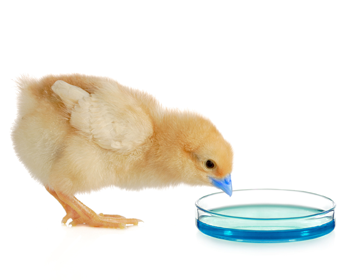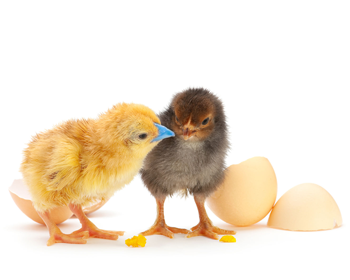-
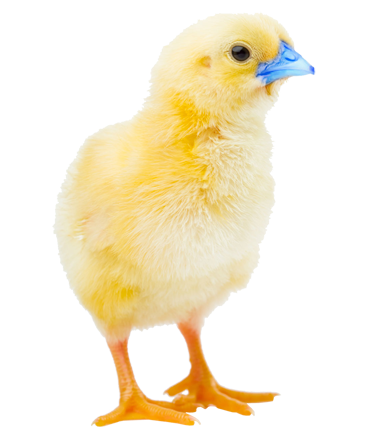
-
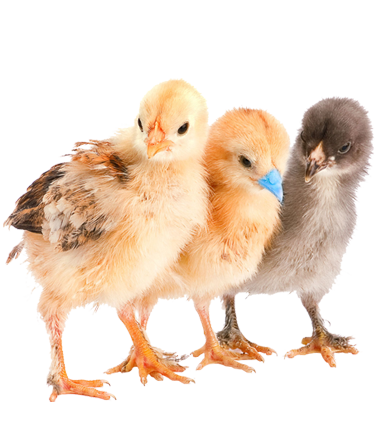
How Bluefarm® Works ?
Contains a blue dye; vaccine administration can ve monitored at birds beak and crop
Explore Bluefarm -
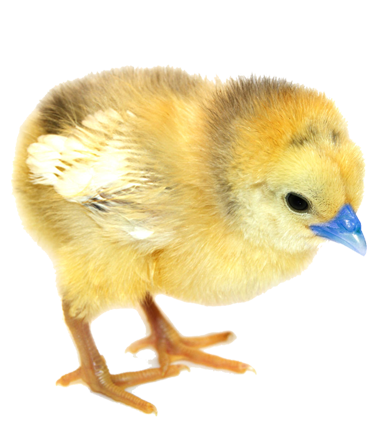
How Bluefarm® Works ?
Better utilisation of titre per dose with long time stabilization effect on vaccine virus
Explore Bluefarm -

How Bluefarm® Works ?
Substitutes the use ogf skimmed milk powder accordingly neutralize the risk of bacterial contamination or blockage of the drinking system
Explore Bluefarm -

How Bluefarm® Works ?
Easy use with concentrated formula,
(1 sachet to 100 liters d/w)
Explore Bluefarm -

-

How Bluefarm® Works ?
Act as pH buffer in alkaline water, regulates pH to ideal level
Explore Bluefarm

